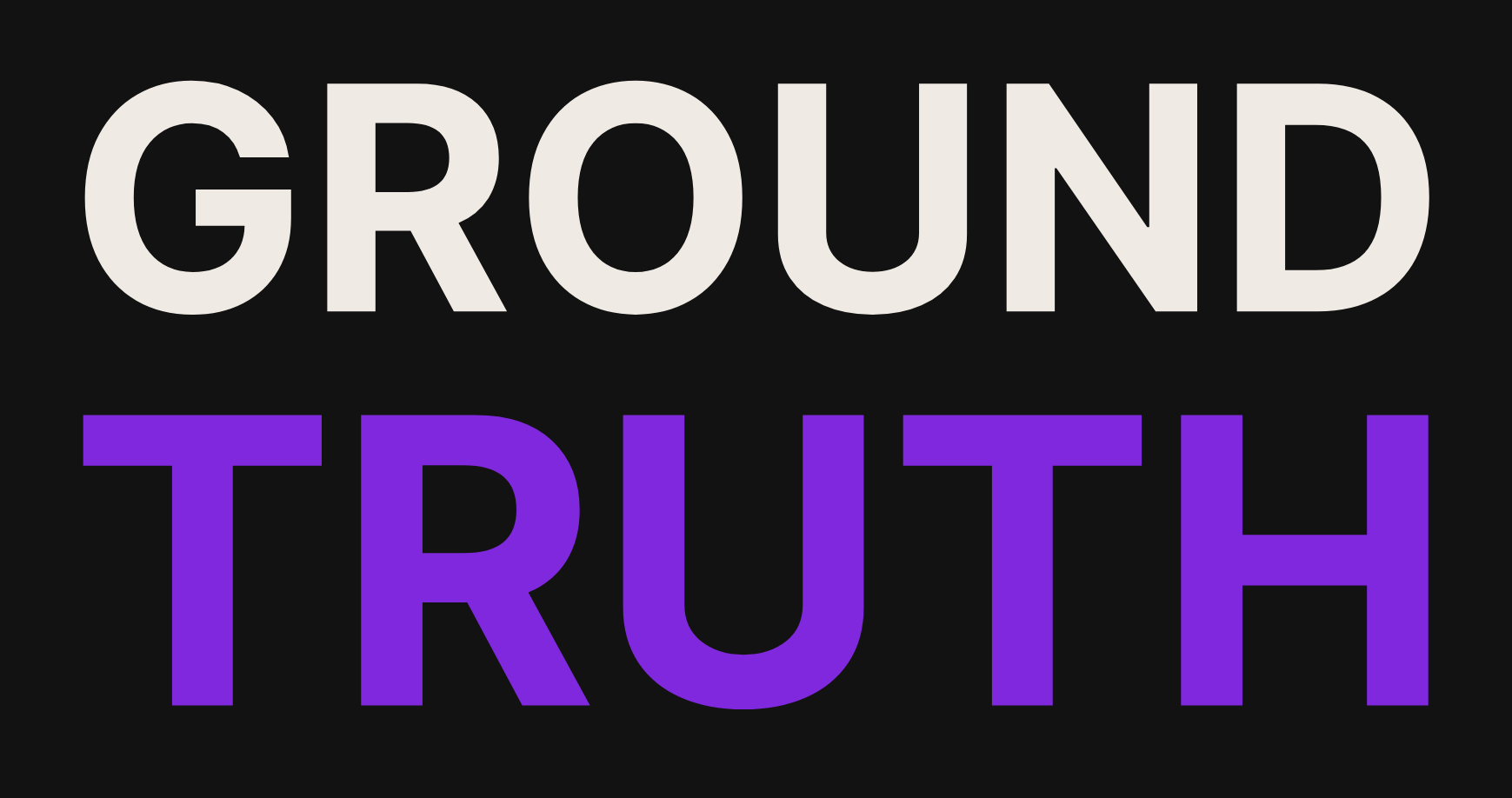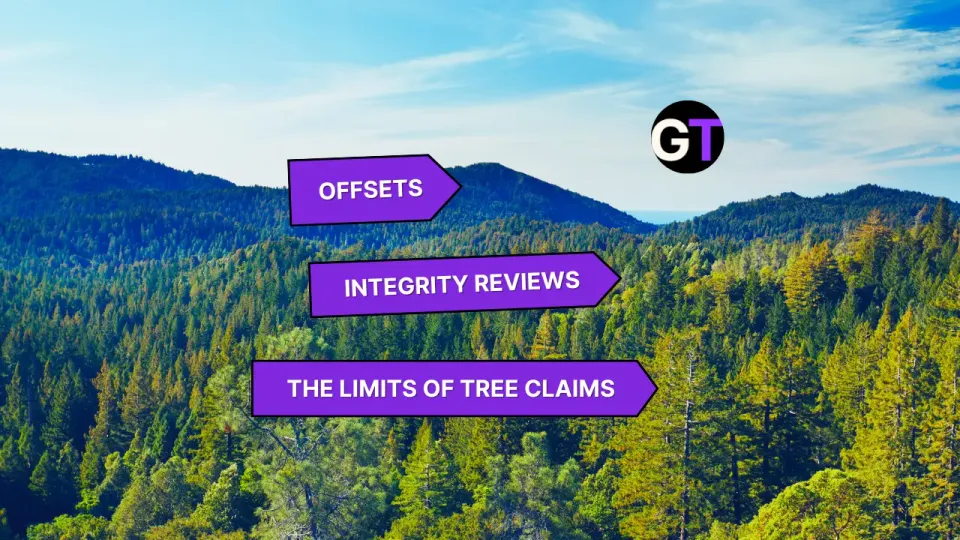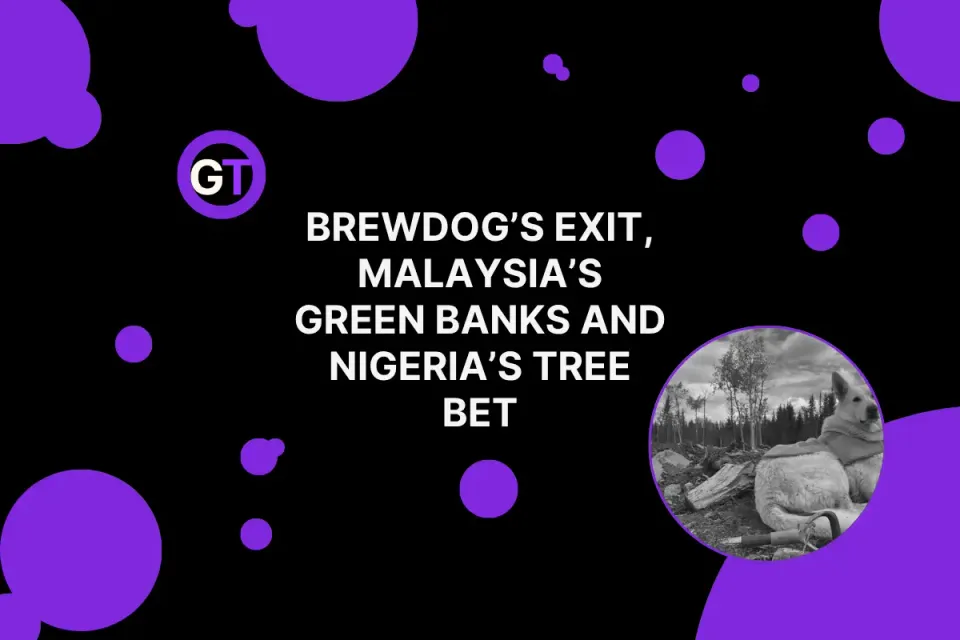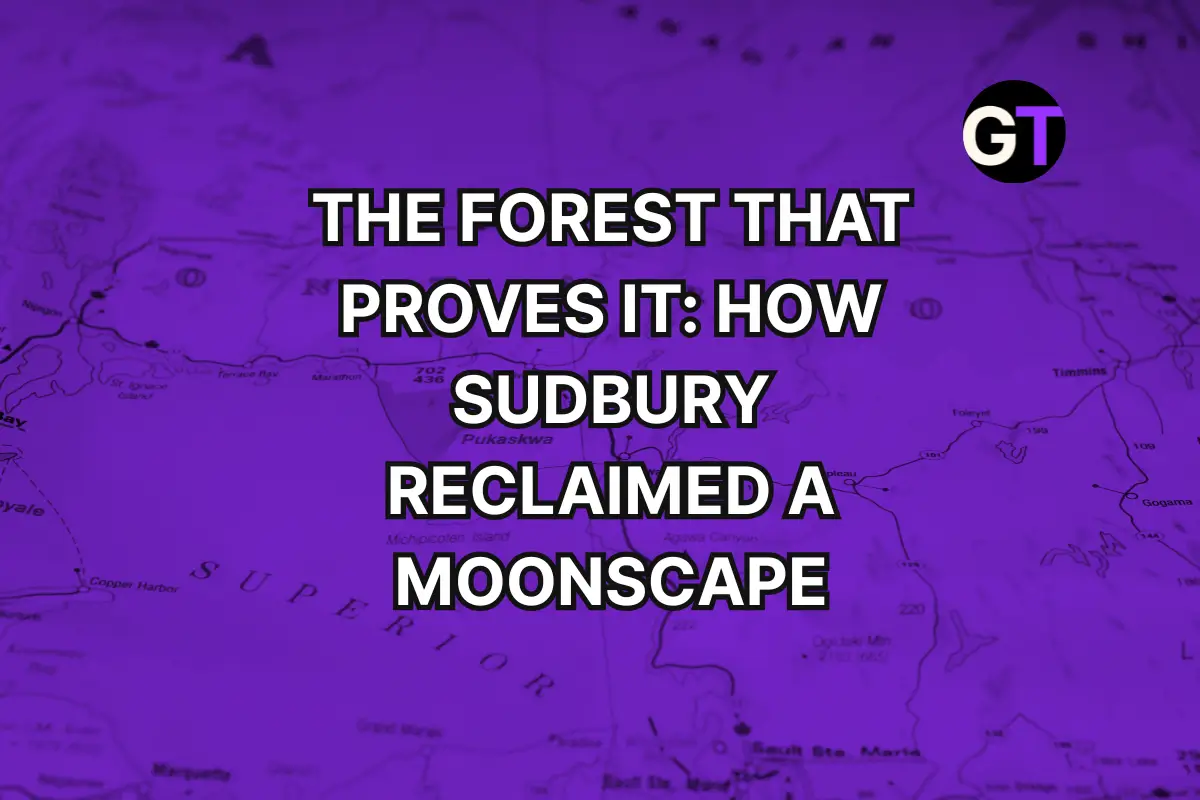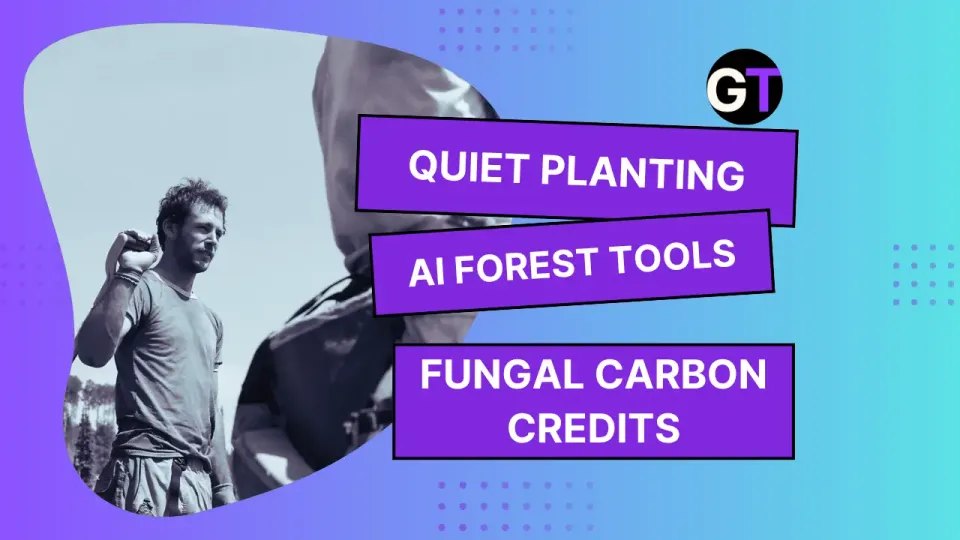CORE Carbon, Fire Labs & Indonesia’s Forest Fix
Weekly forest finance update, July 3, 2025.
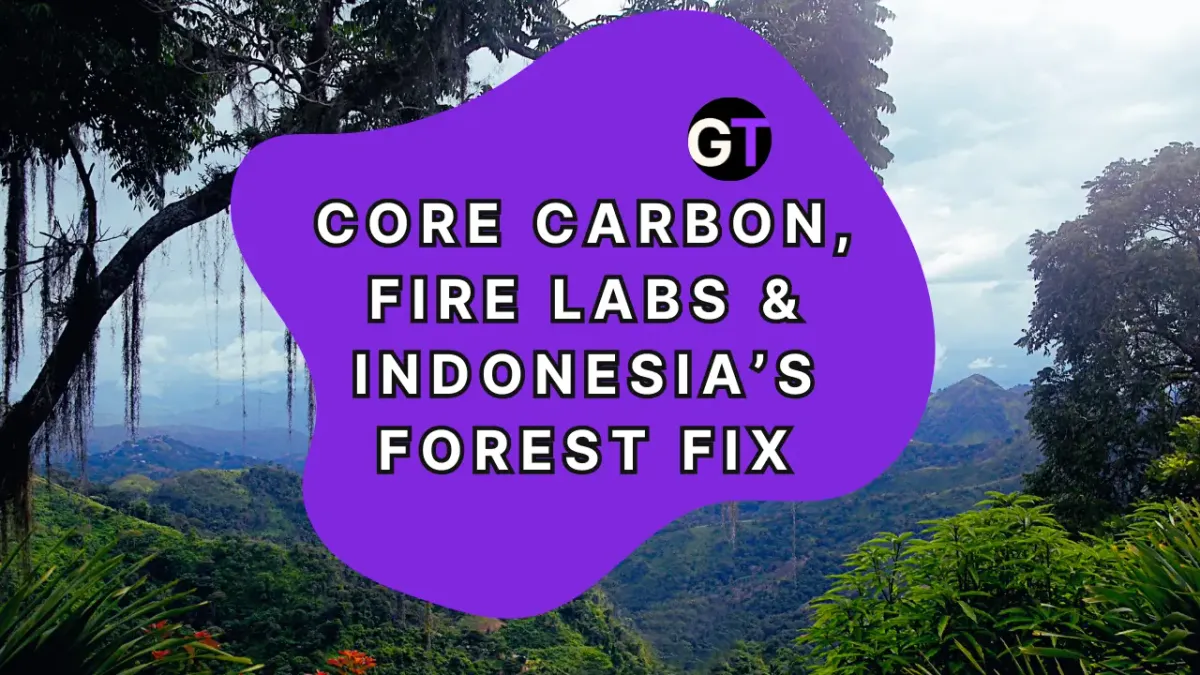
Can Canada Finance Its Way Out of Fire Season?
At the first-ever Nature Finance Action Lab, partners from across Canada gathered to tackle a growing crisis: how to fund proactive, Indigenous-led wildfire resilience. With billion-dollar fire suppression budgets climbing each year, but prevention still underfunded, the Lab explored models like California’s Forest Resilience Bond and Indigenous carbon enterprises in Australia. Participants agreed: long-term financing—rooted in Indigenous leadership and community restoration—is essential for shifting from reaction to resilience.
💬 As climate-fueled wildfires escalate, can Canada build a nature finance model that supports Indigenous fire stewardship and landscape recovery?
👉👉 Read more at Nature Investment Hub
GCF Approves Record $300M for FAO Projects in PNG, Saint Lucia & the Sahel
The Green Climate Fund has approved over $300 million for three major FAO-designed climate projects—the largest single batch of GCF approvals to date. The investments include $63.4M for REDD+ forest protection in Papua New Guinea, $16.7M for climate-smart fisheries in Saint Lucia, and $222M to scale land restoration and sustainable value chains in Africa’s Sahel region under the Great Green Wall. These projects aim to strengthen food security, sequester carbon, and build resilience in highly vulnerable communities.
💬 Can large-scale, multi-region funding like this move the needle on equitable and measurable climate action?
👉👉 Read more from the FAO
The Nature Economy Needs a Map
A flood of capital is lining up for nature-based solutions—but investors, companies, and communities still lack clear, usable information about where to put it. In The Nature Investment Landscape, Genevieve Bennett lays out a roadmap for understanding restoration-aligned business models. From ecosystem services to sustainable materials and NatureTech, the article sets the stage for a new series on structuring viable, scalable nature finance.
💬 Can better data and clearer frameworks unlock more capital for restoration?
👉👉 Read more at Ecosystem Marketplace
LandYield Acquires CORE Carbon to Boost Forest Access to Carbon Markets
LandYield has acquired the CORE Carbon platform from Finite Carbon—aiming to accelerate carbon project enrollment for small private forest owners in the U.S. CORE uses remote sensing, ML, and FIA data to offer real-time revenue projections, enabling landowners with as little as 40 acres to enter a market once reserved for industrial tracts. With this acquisition, LandYield plans to expand regionally and continue democratizing access to climate finance for rural communities.
💬 Can tools like CORE Carbon help close the gap between climate capital and small landowners?
👉👉 Read more the press release from LandYield
How Indonesia Could Scale Up Forest Restoration
Indonesia holds over 43 million hectares of secondary forest—an untapped, cost-effective opportunity for large-scale forest landscape restoration (FLR). But government funding alone isn’t enough: annual budgets from key agencies like the Directorate General of Watershed Management and Forest Rehabilitation (US$89.9–153M) and the Peatland and Mangrove Restoration Agency (US$16.6–129.6M) fall far short of what’s needed. Restoring 2 million hectares of peatland, for instance, would require US$460M per year for a decade. A new study calls for scaling FLR through carbon markets, insetting, and private finance—paired with reforms to land tenure, permitting, and monitoring. Crucially, it warns that expanding carbon-funded restoration demands transparency, accountability, and robust oversight to avoid repeating recent credibility failures in the voluntary carbon market.
💬 Can global carbon markets rebuild trust fast enough to support large-scale restoration in places like Indonesia?
👉👉 Read more at ScienceDirect
New Dataset Illuminates 20+ Years of Global Climate Finance
A newly released International Climate Finance Dataset compiles and classifies over two decades of public multilateral climate finance—from 2000 to 2023—using machine learning to extract climate mitigation and adaptation projects from major development institutions and funds. It links billions in funding to specific goals, sectors, and recipient countries, offering rare transparency into how international climate dollars are actually spent. Designed to support smarter policy and accountability, the dataset includes a searchable format and a user guide for decision-makers, researchers, and advocates.
💬 Could data-driven clarity help steer climate finance where it’s needed most?
👉👉 Explore the dataset in Figshare
Rayonier Sells New Zealand Forestry Business for $710M
Rayonier has completed the $710 million sale of its 77% stake in a New Zealand forestry joint venture to The Rohatyn Group, a global asset manager focused on emerging markets and real assets. Net proceeds of around $699 million are expected, with at least half to be used for debt reduction and shareholder returns. This marks $1.45 billion in asset sales since 2023—well above the company’s original $1B target. Rayonier also confirmed it has exited its New Zealand operations entirely, turning its focus back to core U.S. assets and potential reinvestments.
💬 What does this shift mean for Rayonier’s global footprint—and the future of institutional forestry investment?
👉👉 Read more in Yahoo Finance

Edited by Chris Harris

This work is licensed under a
Creative Commons Attribution 4.0 International License.
